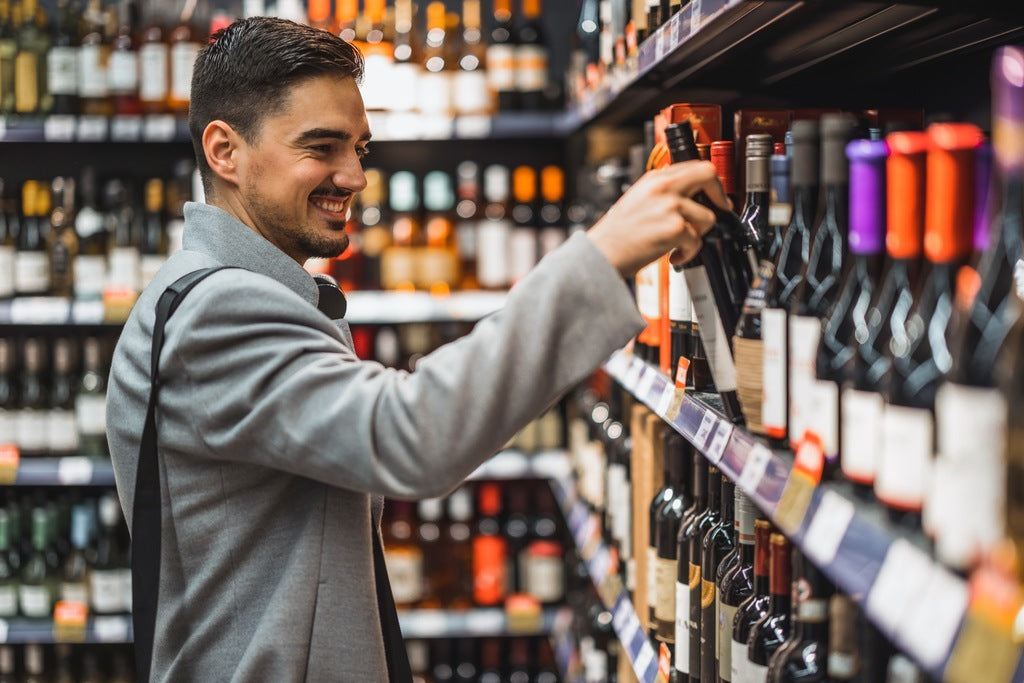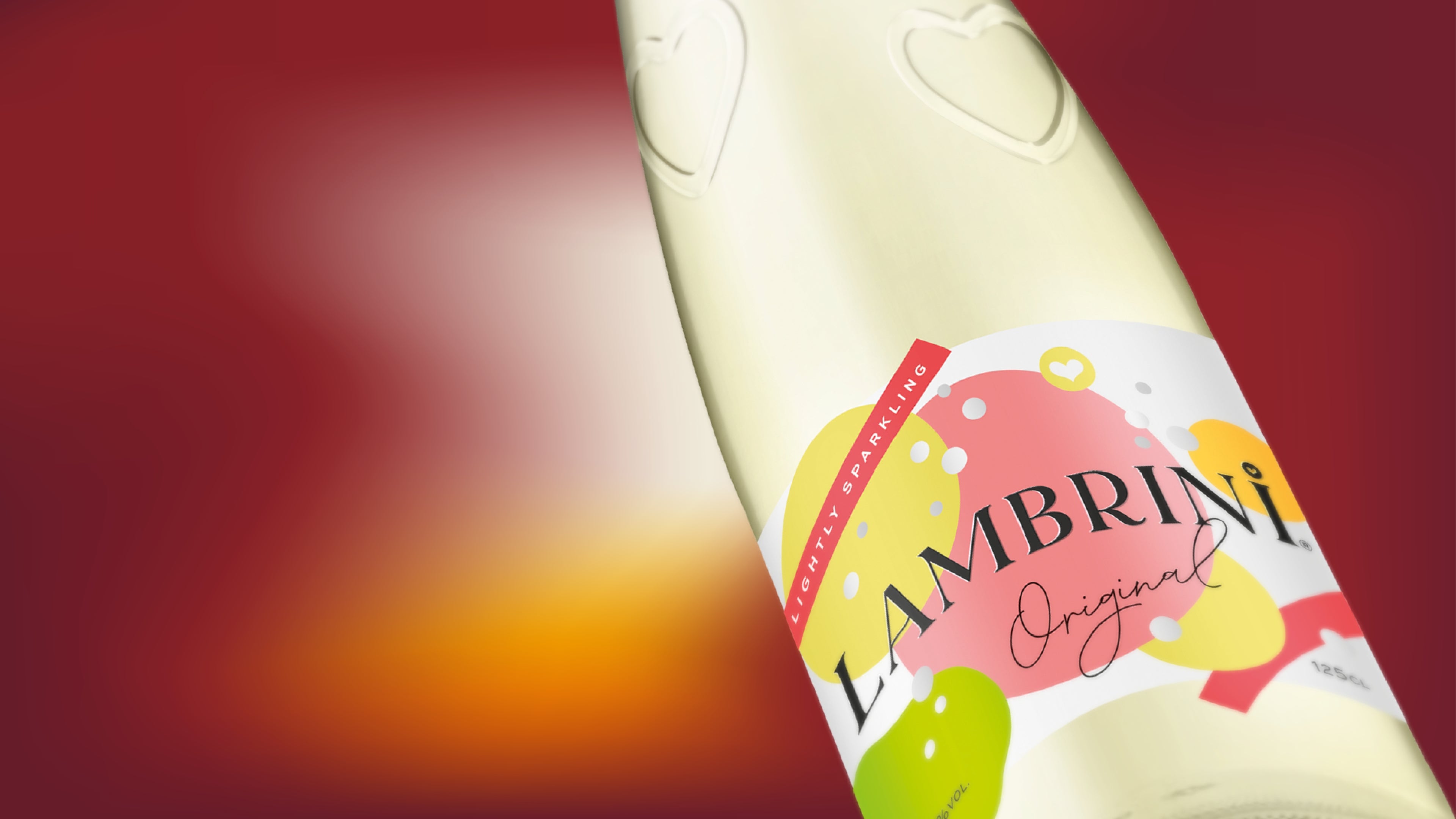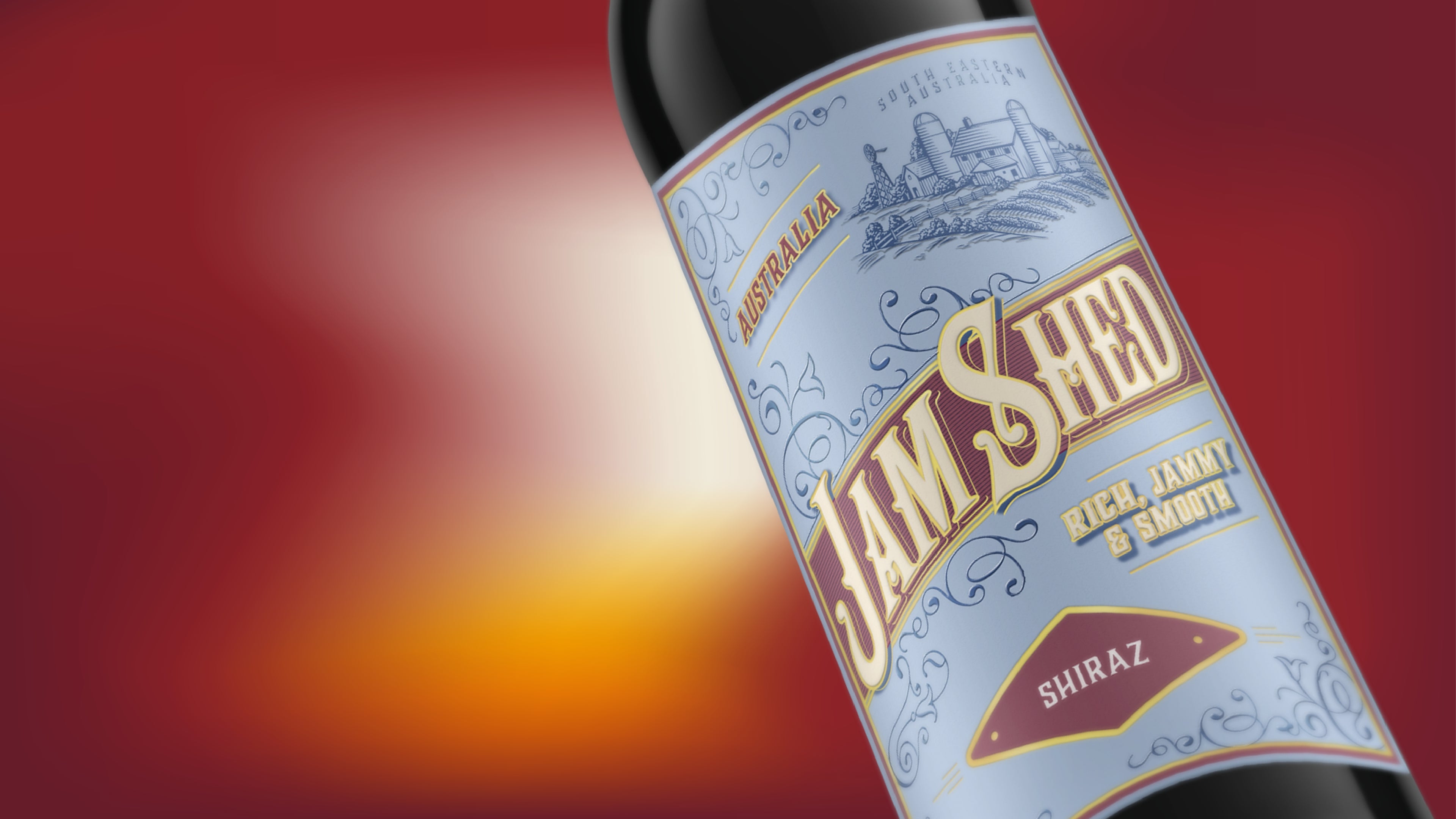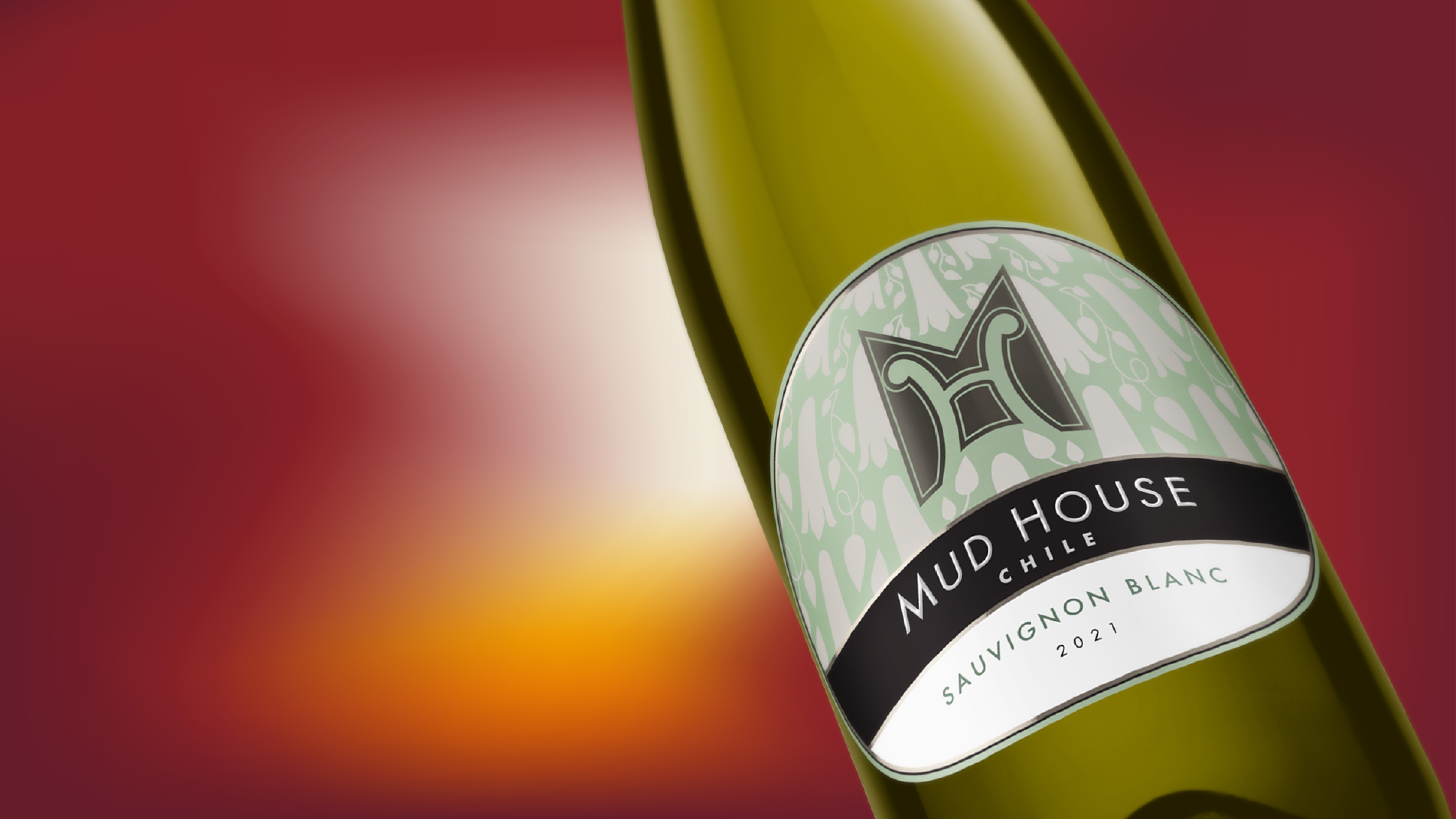5 top tips to win in store and grow your business
Optimise your range to appeal to your customers and put more cash in your till.
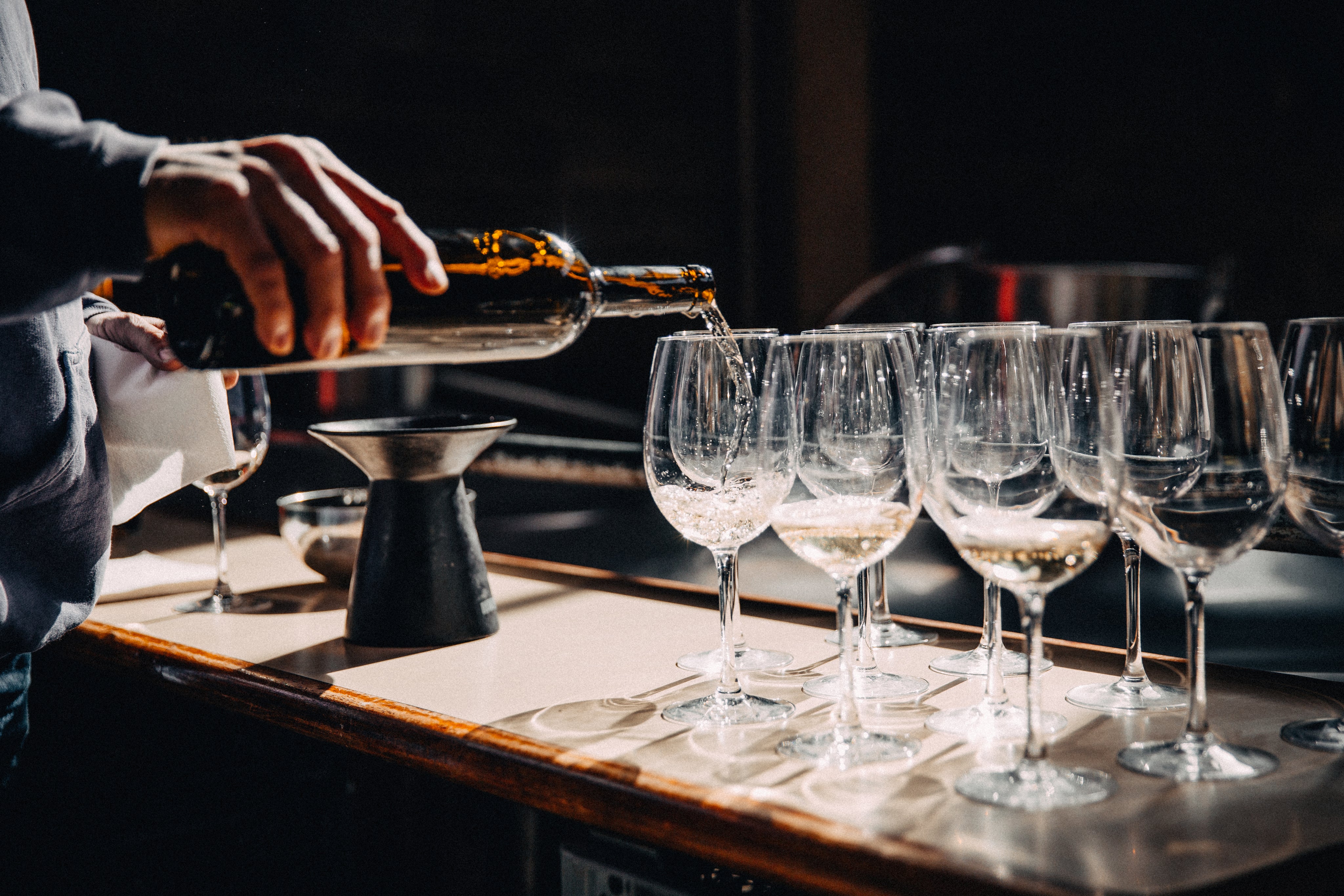
Insights
Q1’s latest trends and performance have seen a number of category growth/consistency across convenience performance compared to pre-Covid levels, a shift in price tiers with the current cost of living crisis, enduring wine varietal, country and brand trends.
See below for the 5 key trends which will help to maximise your in store wine sales and further educate your customers.
Wine Channel Performance:
Convenience performance vs pre-covid normality is at +8%, as the channel laps Omicron boost.
Total Convenience performance is in line with Market MAT and is driven by GM Convenience primarily.
Price:
Higher Price Tiers continues to see growth decline at the cost of living crisis bites, with £6-£7 the only price to see growth in the latest 12 weeks. £8-£9 only sees a small decline and is the second-best performing price tier. £9-£10 sees the biggest improvement in performance across the latest 12 weeks vs MAT.
Highest growth in the Category comes from retaining and maximising your core range. Hero the accessible favourites at £6-£8 through clear ranging by price, availability and linking to occasions.
Varietal:
Enduring category trends from consumers lie in sweeter tastes, No/Low alcohol and Sustainability where appropriate.
Sauvignon Blanc continues to be the anchor for white wine (15% share), but Pinot Grigio and Chardonnay outperform total white varietal growth.
Shiraz, Malbec and blended reds all saw improved performance across Q1, Merlot saw a decline in performance but remains the number one varietal alongside Shiraz.
Pinot Grigio Rosé is growing vs the Rosé market overall decline in Q1 and remains the only varietal to outperform total category decline.
Country:
Australia remains the dominant country for consumers in the sector, who are seeking accessible price points and well-known, trusted brands.
Spain, however, remains the fastest-growing origin MAT, driven by origin switches from key brands. South Africa grows the fastest over the previous 2 years.
USA and New Zealand and supply issues are still having a lasting impact on overall sales.
Brand:
Hardy’s remains the strongest brand (£160m in total convenience sales across the last 12 months), supported by a range of other key names such as Barefoot, Yellow Tail and I Heart wines.
Jam Shed and 19 Crimes continue to be the highest growth brands with Jam Shed showing a 41% increase in value sales vs a year ago.
21 March 2023
Insights
The past 12 months or so has seen several key trends emerge in the wine sector which have meant that it matters more than ever what you do in store to drive wine sales. 28% of consumers never intended to buy wine before entering the store 1, with only 13% of wine buyers deciding exactly what wine to buy in the first instance, the lowest out of 35 categories 2.
Squeezed budgets, an increasing shift towards mindful drinking, a changing consumer demographic, the return of the On Trade to compete with stores, and longer term consumer aspirations are shaping the way in which stores need to adapt to win in store with wine sales.
Tightening purse strings:
With the current cost of living crisis, there’s a noticeable shift in the outlook of consumers on the value of the products they buy in store, coupled with the rise of larger Grocer’s Buy 6 deals, making it more important than ever to protect your core products and recognise this price shift.
Recognising your favourite products for <£7, clearly pricing your products in tiers on shelf and making meaningful space in store for your best sellers will all help to maintain sales.
Mindful purchases:
We’re increasingly seeing a shift in drinking habits towards more mindful consumption, both cutting back on amount of alcohol consumed and cutting out alcohol for Low/No options altogether. This is coupled with an increased focus from consumers on carbon footprint and sustainable packaging. 66% of consumers feel more positive about companies demonstrating efforts to reduce carbon footprint 3.
A changing consumer demographic:
The number of 18–35-year-olds buying wine in convenience fells by 14% between 2020-2022, marked by a shift to at home consumption due to Covid, together with the rise in competition from flavour forward spirits and flavoured ciders 3.
You can drive wine sales by making wine as accessible and distinctive in store through showcasing wines with fruit flavours/Rosé/sweeter reds and making them more accessible in cost (£4-£6).
The return of the on trade:
There’s a battle to keep consumer’s consuming alcohol at home since the reopening of On Trade venues, and 40% of On Trade occasions also moved to retail during lockdowns 4.
By utilising wine products in store through clear markings and accessibility, you can maintain and increase wine sales during the return of the On Trade. Combining wine and food in deals, communicating wine and food pairings clearly, and linking wine deals to specific events throughout the year all serve to drive and maximise the potential of wine in store.
Aspirational consumers:
Covid and the increase in sophistication and quality amongst consumers has seen a longer-term shift in the category to higher value products and ‘safe steps up’ from their usual wine. Highlighting key growing grape varietals, such as Malbec and Sauvignon Blanc, together with a clear ‘step up’ to <£7 is a great way to appeal to consumers in store. By marking prices clearly and providing key tiers of products on shelves, you can maximise sales from the get-go.
Sources:
1) Nielsen, Value Sales, Convenience, 52 w/e 28.01.2023 2) Nielsen, Value Sales, Convenience, 52 w/e 28.01.2023 3) The Carbon Trust 4) Kantar, Total Wine Penetration 52 w/e 27.11.22
21 March 2023



